Open Journal of Discrete Mathematics
Vol. 2 No. 1 (2012) , Article ID: 17155 , 4 pages DOI:10.4236/ojdm.2012.21004
Some Switching Invariant Prime Graphs
1Department of Mathematics, Saurashtra University, Rajkot, India
2St. Xavier’s College, Ahmedabad, India
Email: samirkvaidya@yahoo.co.in, udayan64@yahoo.com
Received November 12, 2011; revised December 10, 2011; accepted December 31, 2011
Keywords: Prime labeling; Switching of a vertex; Switching invariance
ABSTRACT
We investigate prime labeling for some graphs resulted from switching of a vertex. We discuss switching invariance of some prime graphs and prove that the graphs obtained by switching of a vertex in  and
and  admit prime labeling. Moreover we discuss prime labeling for the graph obtained by switching of vertex in wheel
admit prime labeling. Moreover we discuss prime labeling for the graph obtained by switching of vertex in wheel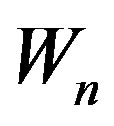 .
.
1. Introduction and Definitions
We begin with simple, finite, undirected and non-trivial graph , with vertex set
, with vertex set  and edge set
and edge set . Throughout this work
. Throughout this work 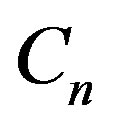 denotes the cycle with
denotes the cycle with  vertices and
vertices and  denotes the path of
denotes the path of  vertices. In wheel
vertices. In wheel  the vertex corresponding to
the vertex corresponding to 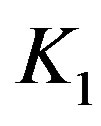 is called apex vertex and the vertices corresponding to
is called apex vertex and the vertices corresponding to 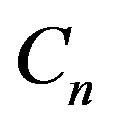 are called rim vertices where
are called rim vertices where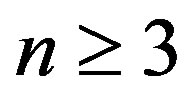 . The star
. The star  is a graph with one vertex of degree
is a graph with one vertex of degree  called apex and
called apex and  vertices of degree one (pendant vertices). Throughout this paper
vertices of degree one (pendant vertices). Throughout this paper 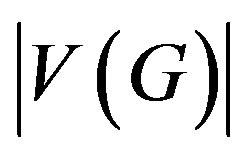 and
and  are the cardinality of vertex set and edge set respectively.
are the cardinality of vertex set and edge set respectively.
For various graph theoretic notations and terminology we follow Gross and Yellen [1] while for number theory we follow Niven and Zuckerman [2]. We will give brief summary of definitions and other information which are useful for the present investigations.
Definition 1.1: If the vertices of the graph are assigned values subject to certain conditions then it is known as graph labeling.
Vast amount of literature is available in printed as well as in electronic form on different types of graph labeling. More than 1300 research papers have been published so far in last four decades. For a dynamic survey of graph labeling problems along with extensive bibliography we refer to Gallian [3].
Definition 1.2: A prime labeling of a graph  is an injective function
is an injective function  such that for every pair of adjacent vertices
such that for every pair of adjacent vertices  and
and ,
, . The graph which admits a prime labeling is called a prime graph.
. The graph which admits a prime labeling is called a prime graph.
The notion of a prime labeling was originated by Entringer and was discussed in a paper by Tout et al. [4]. Many researchers have studied prime graphs. For e.g. Fu and Huang [5] have proved that  and
and 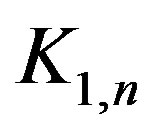 are prime graphs. Lee et al [6] have proved that
are prime graphs. Lee et al [6] have proved that  is a prime graph if and only if
is a prime graph if and only if  is even. Deretsky et al. [7] have proved that
is even. Deretsky et al. [7] have proved that 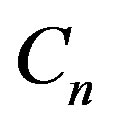 is a prime graph.
is a prime graph.
Definition 1.3: A vertex switching 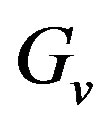 of a graph
of a graph  is the graph obtained by taking a vertex
is the graph obtained by taking a vertex  of
of , removing all the edges incident to
, removing all the edges incident to  and adding edges joining
and adding edges joining  to every other vertex which are not adjacent to
to every other vertex which are not adjacent to  in
in .
.
Definition 1.4: A prime graph  is said to be switching invariant if for every vertex
is said to be switching invariant if for every vertex  of
of , the graph
, the graph  obtained by switching the vertex
obtained by switching the vertex  in
in  is also a prime graph.
is also a prime graph.
Vaidya and Kanani [8] have established the switching invariance of 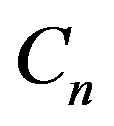 corresponding to prime labeling while in the present paper we investigate further results on prime graphs.
corresponding to prime labeling while in the present paper we investigate further results on prime graphs.
Bertarnad’s Postulate 1.5: For every positive integer 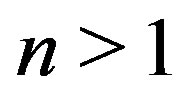 there is a prime
there is a prime  such that
such that .
.
2. Some Results on Prime Labeling with Respect to Vertex Switching Operation
Observation 2.1: Every prime graph  of order
of order  has at least one vertex
has at least one vertex  (corresponding to label 1) such that
(corresponding to label 1) such that 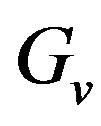 is a prime graph.
is a prime graph.
Observation 2.2: Let  be a prime graph of order
be a prime graph of order 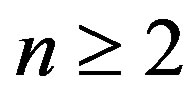 with a prime labeling. If
with a prime labeling. If  is the vertex corresponding to the largest prime less then or equal to
is the vertex corresponding to the largest prime less then or equal to  then
then 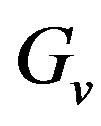 is a prime graph.
is a prime graph.
Observation 2.3: Let  be a prime graph of order
be a prime graph of order 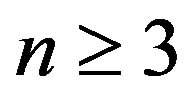 with a prime labeling and
with a prime labeling and  is any arbitrary vertex having prime label from the set
is any arbitrary vertex having prime label from the set
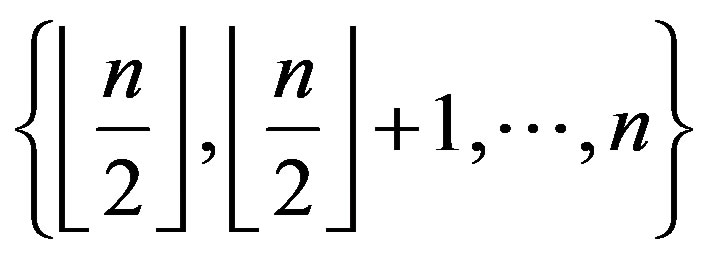 then
then 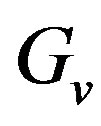 is a prime graph.
is a prime graph.
Theorem 2.4:  is switching invariant.
is switching invariant.
Proof: Let  be consecutive vertices of
be consecutive vertices of . Let
. Let 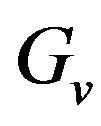 be the graph obtained by switching a vertex
be the graph obtained by switching a vertex  of
of .
.
For the vertex  we have the following possibilities:
we have the following possibilities:
1)  then in
then in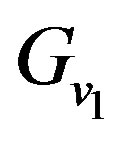 ,
,  is adjacent to
is adjacent to  .
.
Define  as follows:
as follows:
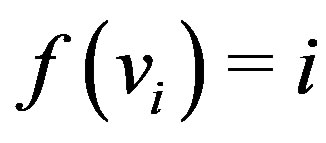 , where
, where 
Then clearly  is an injection.
is an injection.
For an arbitrary edge 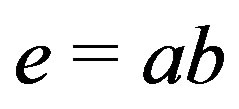 of
of 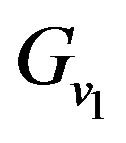 we claim that
we claim that . Because a) if
. Because a) if 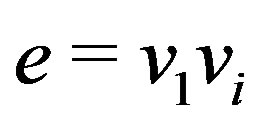 for some
for some  then
then  ;
;
b) if 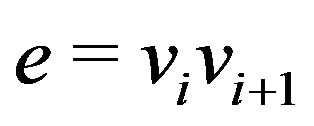 for some
for some  then
then  as
as  and
and 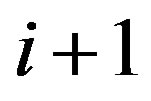 are consecutive positive integers.
are consecutive positive integers.
If  the proof is similar as discussed above.
the proof is similar as discussed above.
2) 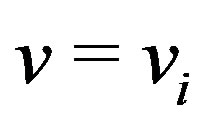 for some
for some . Then in
. Then in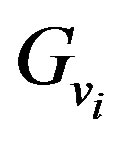 ,
,  is adjacent to all the vertices except
is adjacent to all the vertices except  and
and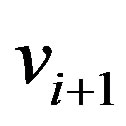 .
.
Define  as follows:
as follows:

Then clearly  is an injection.
is an injection.
For an arbitrary edge  of
of  we claim that
we claim that .
.
To prove our claim the following cases are to be considered.
a) If 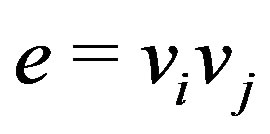 for some
for some  then
then  ;
;
b) If  for some
for some  then
then  .
.
c) If 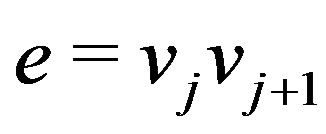 for some
for some  then
then  as
as  and
and 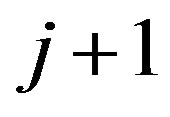 are consecutive positive integers;
are consecutive positive integers;
d) If 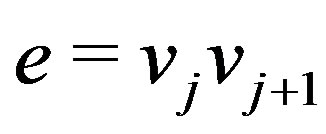 for some
for some  then
then ;
;
Thus in each of the possibilities the graph 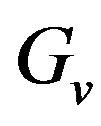 under consideration admits a prime labeling. i.e.
under consideration admits a prime labeling. i.e. 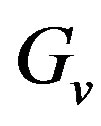 is a prime graph.
is a prime graph.
Thus  and the graph obtained by switching of any vertex in
and the graph obtained by switching of any vertex in  are prime graphs. Hence the result.
are prime graphs. Hence the result.
Illustration 2.5: The prime labeling of the graph obtained by switching a pendant vertex of  is shown in the Figure 1.
is shown in the Figure 1.
Illustration 2.6: The prime labeling of the graph obtained by switching a vertex of  which is not a pendant vertex is shown in the Figure 2.
which is not a pendant vertex is shown in the Figure 2.
Theorem 2.7:  is switching invariant.
is switching invariant.
Proof: We will separate two cases:
1) Switching of the apex vertex.
2) Switching of any pendant vertex.
Case 1: If  is the apex vertex of
is the apex vertex of  and
and  is the graph obtained by switching the apex vertex
is the graph obtained by switching the apex vertex  then
then 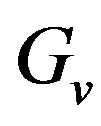 is the null graph
is the null graph 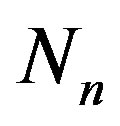 on
on  vertices, which does not have any edge. Then obviously it is a prime graph.
vertices, which does not have any edge. Then obviously it is a prime graph.
Case 2: Let  be the apex vertex and
be the apex vertex and  be the consecutive pendant vertices of
be the consecutive pendant vertices of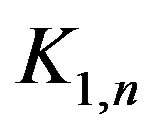 . Let
. Let 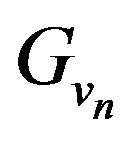 be the graph obtained by switching the pendant vertex
be the graph obtained by switching the pendant vertex  of
of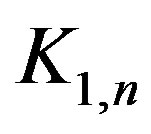 . So in
. So in 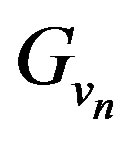 every vertex
every vertex  other than
other than  and
and  is adjacent to
is adjacent to  and
and  only. By Bertrand’s postulate of number theory there exists at least one prime
only. By Bertrand’s postulate of number theory there exists at least one prime
 such that
such that 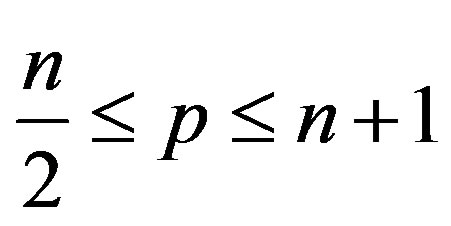 then it is possible to define
then it is possible to define
 as follows:
as follows:

In view of the pattern defined above  admits a prime labeling on
admits a prime labeling on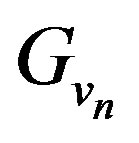 . Hence
. Hence 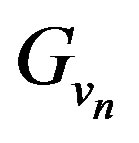 is a prime graph.
is a prime graph.
Thus 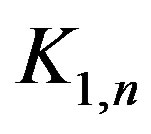 and the graph obtained by switching any vertex of
and the graph obtained by switching any vertex of  are prime graphs. Hence the result.
are prime graphs. Hence the result.
Illustration 2.8: The prime labeling of the graph obtained by switching a pendant vertex of  is shown in the Figure 3.
is shown in the Figure 3.
Theorem 2.9: Switching the apex vertex in 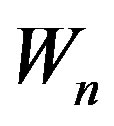 is a prime graph.
is a prime graph.
Proof: Let  be consecutive rim vertices of
be consecutive rim vertices of 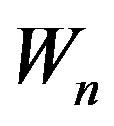 and
and  be the apex vertex of
be the apex vertex of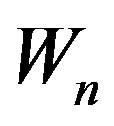 . Let
. Let  be the graph obtained by switching the vertex
be the graph obtained by switching the vertex . Thus
. Thus 
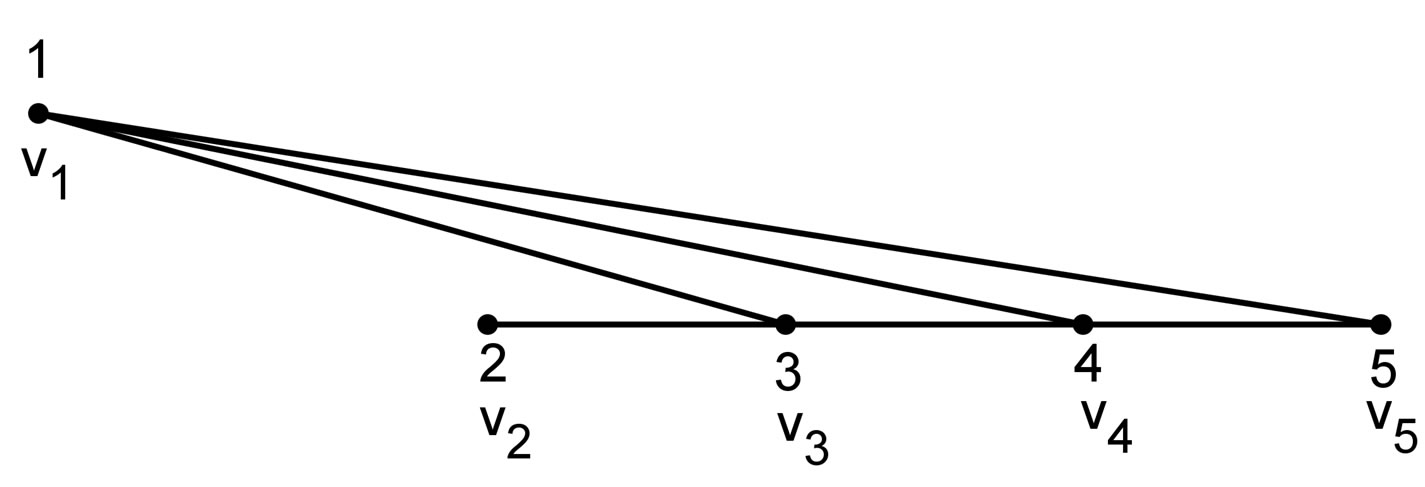
Figure 1. The prime labeling of the graph obtained by switching a pendant vertex of .
.

Figure 2. The prime labeling of the graph obtained by switching a vertex of  which is not a pendant vertex.
which is not a pendant vertex.
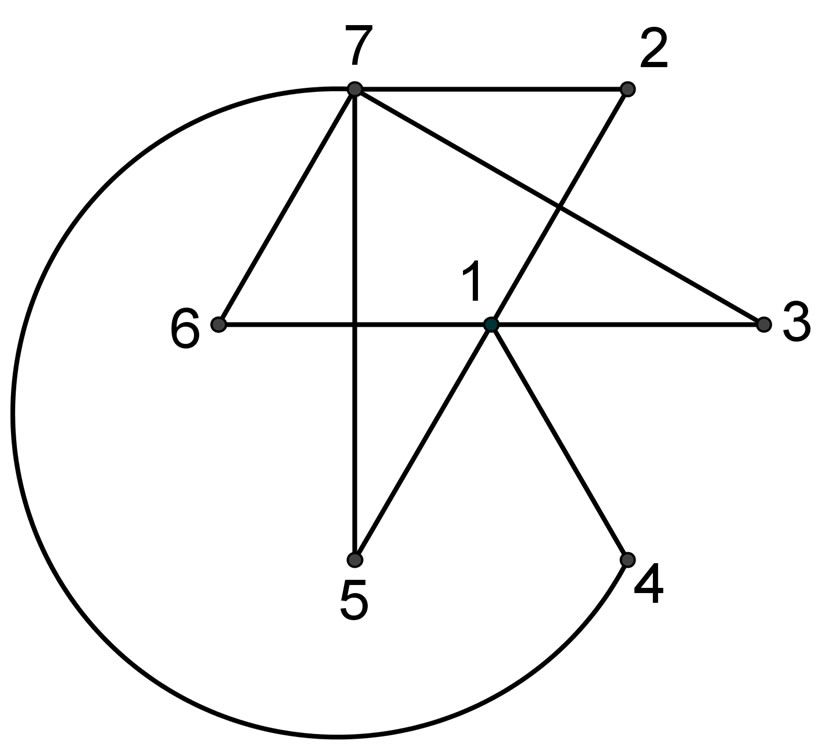
Figure 3. The prime labeling of the graph obtained by switching a pendant vertex of .
.
is the disjoint union of 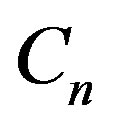 and
and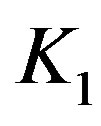 .
.
Define  as follows:
as follows:

Then clearly  is an injection.
is an injection.
For an arbitrary edge 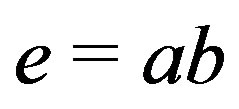 of
of  we claim that
we claim that .
.
1) If 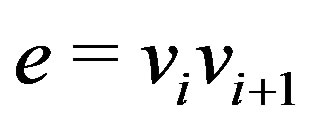 for some
for some  then
then  as
as  and
and  are consecutive positive integers.
are consecutive positive integers.
2) If 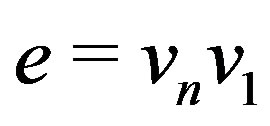 then
then  .
.
Thus in each of the possibilities the graph  admits a prime labeling. i.e.
admits a prime labeling. i.e.  is a prime graph.
is a prime graph.
Illustration 2.10: The prime labeling of the graph obtained by switching the apex vertex of 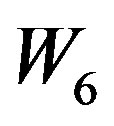 is shown in the Figure 4.
is shown in the Figure 4.
Theorem 2.11: Switching of a rim vertex of 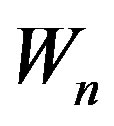 is a prime graph if
is a prime graph if  is a prime number.
is a prime number.
Proof: Let  be consecutive rim vertices of
be consecutive rim vertices of 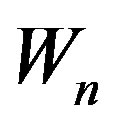 and
and  be the apex vertex of
be the apex vertex of . Let
. Let  be the graph obtained by switching the vertex
be the graph obtained by switching the vertex .
.
Define  as follows:
as follows:
 ,
,  and
and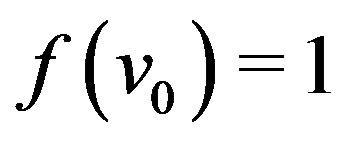 .
.
Then clearly  is an injection.
is an injection.
For an arbitrary edge 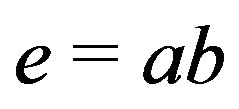 of
of  we claim that
we claim that .
.
1) If 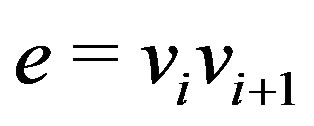 for some
for some  then
then  as
as 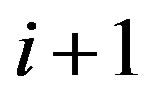 and
and  are consecutive positive integers.
are consecutive positive integers.
2) If 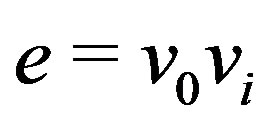 for some
for some  then
then .
.
3) If  for some
for some  then
then  as
as 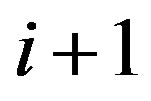 is a positive integer less than the prime number
is a positive integer less than the prime number .
.
Thus in each of the possibilities the graph  under consideration admits a prime labeling. i.e.
under consideration admits a prime labeling. i.e.  is a prime graph.
is a prime graph.
Illustration 2.12: The prime labeling of the graph obtained by switching a rim vertex of 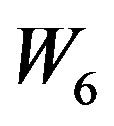 is shown in the Figure 5.
is shown in the Figure 5.
Proposition 2.13: The graph obtained by switching of

Figure 4. The prime labeling of the graph obtained by switching the apex vertex of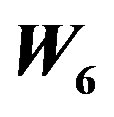 .
.
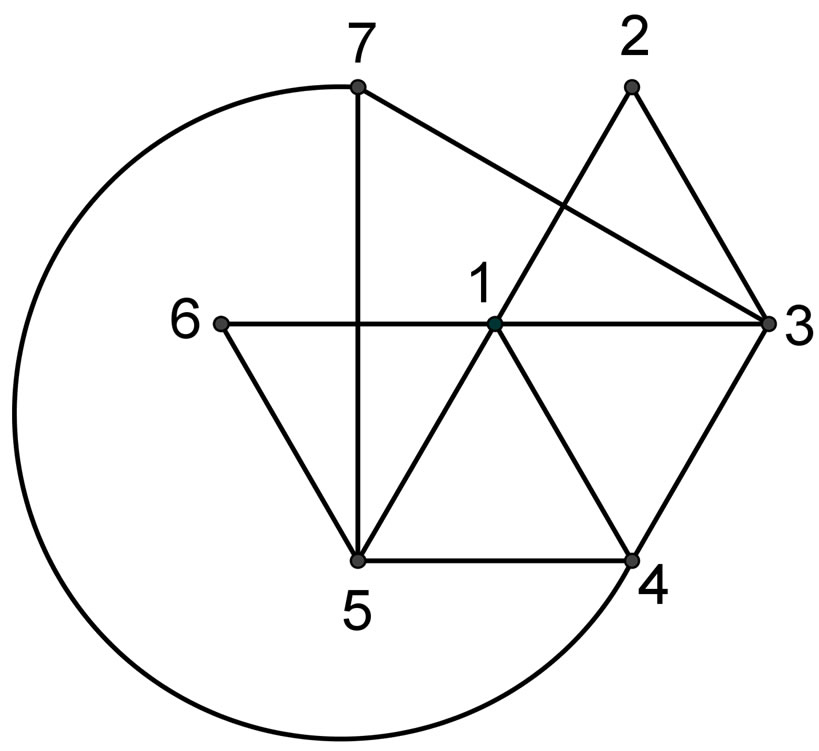
Figure 5. The prime labeling of the graph obtained by switching a rim vertex of .
.
a rim vertex in 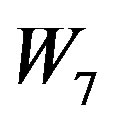 is not a prime graph.
is not a prime graph.
Proof: Let  be consecutive rim vertices of
be consecutive rim vertices of 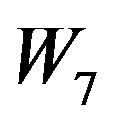 and
and  be the apex vertex of
be the apex vertex of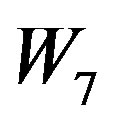 . Let
. Let  be the graph obtained by switching the vertex
be the graph obtained by switching the vertex .
.
If possible let  be a prime labeling. As
be a prime labeling. As  is adjacent to four vertices
is adjacent to four vertices  and
and  is adjacent to six vertices
is adjacent to six vertices , the labels of
, the labels of  and
and  can not be even. Moreover we have to distribute four even labels among six vertices. Therefore at least two adjacent vertices from
can not be even. Moreover we have to distribute four even labels among six vertices. Therefore at least two adjacent vertices from  will receive the even labels which contradicts the fact that
will receive the even labels which contradicts the fact that  is a prime labeling.
is a prime labeling.
We noticed that it is not easy to discuss the prime labeling of a graph obtained by switching any rim vertex of 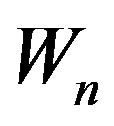 when
when 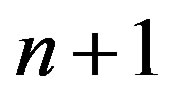 is a composite number. However we prove a following result and pose a conjecture.
is a composite number. However we prove a following result and pose a conjecture.
Theorem 2.14: Switching of a rim vertex in 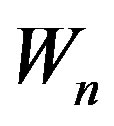 is a not a prime graph if
is a not a prime graph if 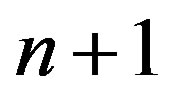 is an even integer greater than 9.
is an even integer greater than 9.
Proof: Let  be consecutive rim vertices and
be consecutive rim vertices and  be the apex vertex of
be the apex vertex of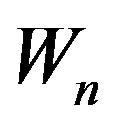 . Let
. Let  be the graph obtained by switching the vertex
be the graph obtained by switching the vertex . If possible assume that there exists a prime labeling
. If possible assume that there exists a prime labeling  on
on .
.
Observe that in  the number of even integers is equal to the number of odd integers in
the number of even integers is equal to the number of odd integers in
 which is
which is .
.
If a vertex  is adjacent to at least
is adjacent to at least  vertices then it cannot be labeled with even integer otherwise each of its
vertices then it cannot be labeled with even integer otherwise each of its 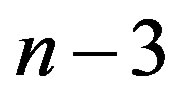 neighbours should receive the labels with odd integers. Consequently there should be at least
neighbours should receive the labels with odd integers. Consequently there should be at least 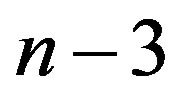 odd integers in
odd integers in  and at the most
and at the most  even integers. However, there are at least 5 even integers in
even integers. However, there are at least 5 even integers in , a contradiction.
, a contradiction.
Consequently each of the vertices  and
and  have at least
have at least  neighbours must be labeled with an odd integer. Therefore the remaining vertices
neighbours must be labeled with an odd integer. Therefore the remaining vertices  forms a path
forms a path 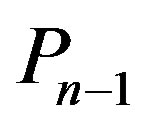 in
in  and these vertices will receive
and these vertices will receive
 odd labels and
odd labels and 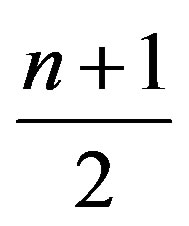 even labels. If
even labels. If
 and
and  denote the number of vertices with even labels and number of vertices with odd labels respectively in
denote the number of vertices with even labels and number of vertices with odd labels respectively in 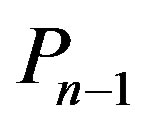 then
then . Hence there must be two adjacent vertices in
. Hence there must be two adjacent vertices in 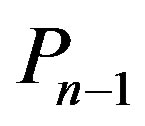 which will receive even labels which contradicts our assumption that
which will receive even labels which contradicts our assumption that  is a prime labeling of
is a prime labeling of .
.
Conjecture 2.15: The graph obtained by switching of a rim vertex in 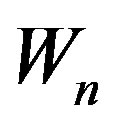 is a not a prime graph if
is a not a prime graph if 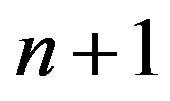 is a composite odd integer greater than 9.
is a composite odd integer greater than 9.
3. Concluding Remarks
The study of prime numbers is of great importance as prime numbers are scattered and there are arbitrarily large gaps in the sequence of prime numbers. If these characteristics are studied in the frame work of graph theory then it is more challenging and exciting as well.
Here we investigate several results on prime labeling of graphs and pose a conjecture. This discussion becomes more relevant as it is carried out in the context of a graph operation namely switching of a vertex. We have studied switching invariant behaviour of some standard graphs.
REFERENCES
- J. Gross and J. Yellen, “Graph Theory and Its Applications,” CRC Press, Boca Raton, 1999.
- I. Niven and H. S. Zuckerman, “An Introduction to the Theory of Numbers,” 3rd Edition, Wiley Eastern Limited, New York, 1972.
- J. A. Gallian, “A Dynamic Survey of Graph Labeling,” The Electronic Journal of Combinatorics, Vol. 17, 2010, #DS6. http:\\www.combinatorics.org\Surveys\ds6.pdf
- A. Tout, A. N. Dabboucy and K. Howalla, “Prime Labeling of Graphs,” National Academy Science Letters, Vol. 11, 1982, pp. 365-368.
- H. L. Fu and K. C. Huang, “On Prime Labellings,” Discrete Mathematics, Vol. 127, No. 1-3, 1994, pp. 181-186. doi:10.1016/0012-365X(92)00477-9
- S. M. Lee, I. Wui and J. Yeh, “On the Amalgamation of Prime Graphs,” Bulletin of the Malaysian Mathematical Science Society (Second Series), Vol. 11, 1988, pp. 59-67.
- T. Deretsky, S. M. Lee and J. Mitchem, “On Vertex Prime Labelings of Graphs,” Proceedings of the 6th International Conference Theory and Applications of Graphs, Wiley, New York, 1991, pp. 359-369.
- S. K. Vaidya and K. K. Kanani, “Prime Labeling for Some Cycle Related Graphs,” Journal of Mathematics Rsearch, Vol. 2, No. 2, 2010, pp. 98-103. http:\\ccsenet.org\journal\index.php\jmr\article\view\4423\4743

